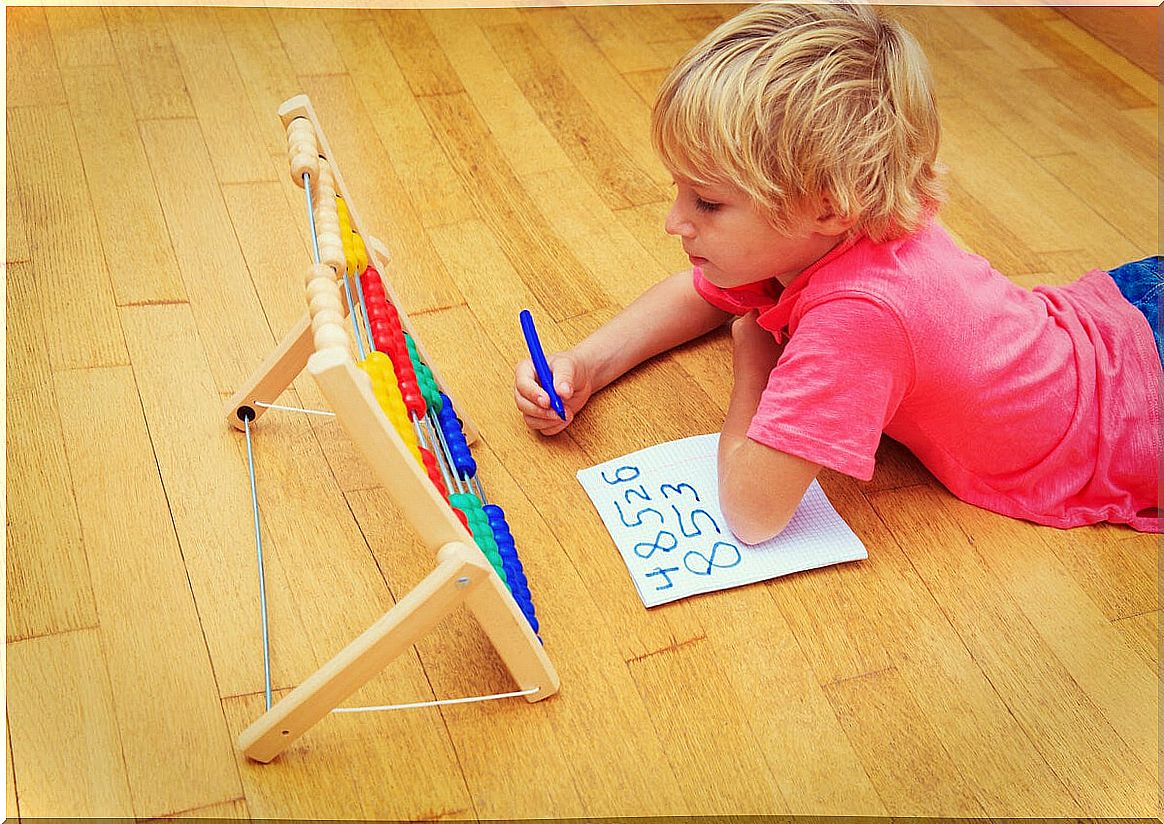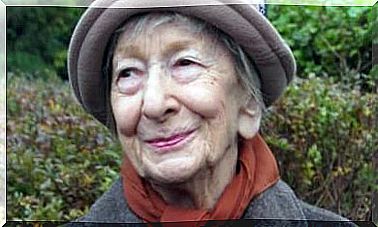What Is The Proximal Development Zone?

The main job of a child is to learn and develop, while that of adults is to facilitate this task so that in the process they are not stopped by difficulties that they cannot overcome. Thus, the child is the actor and the adult the facilitator. In this sense, it is the interaction with other human beings that allows infants to assume new knowledge and skills ; We see it clearly in the acquisition of important milestones such as speech or gait; It is precisely this reality that highlights the concept of the zone of proximal development.
This term was introduced as early as 1931 by the Russian psychologist Lev Vygotsky. He conceived learning as an eminently social process and affirmed that the evolution of cognitive abilities is related to the environment that surrounds the child.
In other words, learning is only possible in an enriching social environment that facilitates it. Many of the current educational practices are derived from his theory, both formally and informally; therefore, understanding its postulates is vital for parents and teachers.

What is the zone of proximal development?
The zone of proximal development can be defined as that area that covers the difference between current and potential learning.
To better understand this concept, we have to consider, on the one hand, what the child is already capable of doing by himself; on the other, what he is not yet ready to learn.
In between these two extremes are all the knowledge and skills that the infant does not yet possess, but could be acquired with the guidance and support of a more experienced mentor. In short, the zone of proximal development is the level of potential development that the child can reach with the help of his environment.
Where does it manifest?
As we have said, this can be verified in many areas of the child’s formation. For example, the little one who still cannot speak learns to do so thanks to the encouragement he receives from his parents. Cases of children grown up in environments lacking social stimulation who have never managed to develop speech have been documented.
In the same way, in schools it is the teacher who acts as a mentor, guiding students to more advanced levels that they would not reach without this expert support. However, it is important to emphasize that this zone of proximal development is different in each individual. Thus, children with a similar effective learning level present a different potential.
This is extremely relevant in order to design and implement appropriate pedagogical actions for children, both at home and in schools. These should be based on the current knowledge of the child and propose certain challenges or challenges that lead him to expand his skills. But they should not be so advanced that they are unaffordable for you.
Excessively simple or extremely complex tasks will lead to demotivation of the child ; therefore it is essential to take into account your zone of proximal development.

Collaborative learning and the zone of proximal development
However, one of the most interesting applications of Vygotsky’s theory is collaborative learning in or outside the classroom. This concept refers to the teamwork of children who are more experts in some subject with others who do not yet have those specific learning. Thus, it is the peers themselves who act as mentors, providing guidance and instruction to their peers.
This initiative can be very beneficial as it fosters cooperation and positive relationships among students. Additionally, working with peers can reduce anxiety when learning and facilitate more fluid communication. Especially during adolescence, young people focus on their peers, giving them more importance than adults; For this reason, collaborative learning can open interesting doors in this regard.
Additionally, these types of dynamics help to improve the self-esteem of all the participants. The learner discovers that he is capable of doing more than he thought, by getting the right guidance. Whoever teaches reinforces their skills and feels that they are making a valuable contribution. In addition, each child and young person has different qualities and knowledge that can be highlighted when proposing to support others in their area of greatest success.
Ultimately, human beings as a social species benefit greatly from interaction with others. Understanding this reality allows us to take advantage of it in the integral development of our minors.









